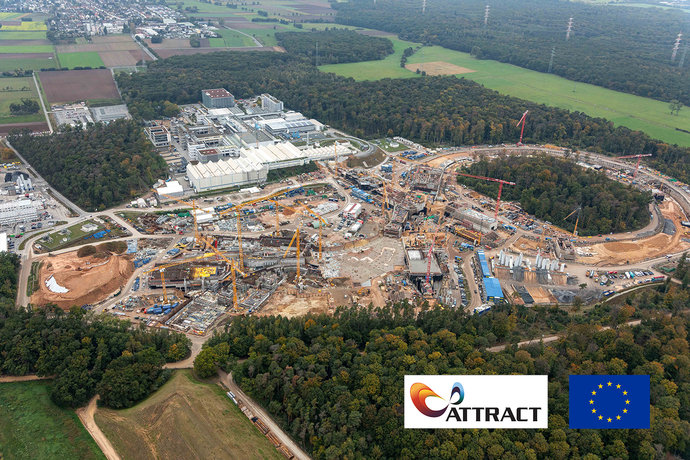
Large research infrastructures like FAIR are built to answer fundamental questions about the nature of physics and the formation of the universe. They often are international projects, and their job is to carry out world class, excellent science. But they don’t operate in a vacuum. Their activities have impact on their regions and countries well beyond the science they do. The new CASEIA project has now received EU funding to measure this socio-economic influence.
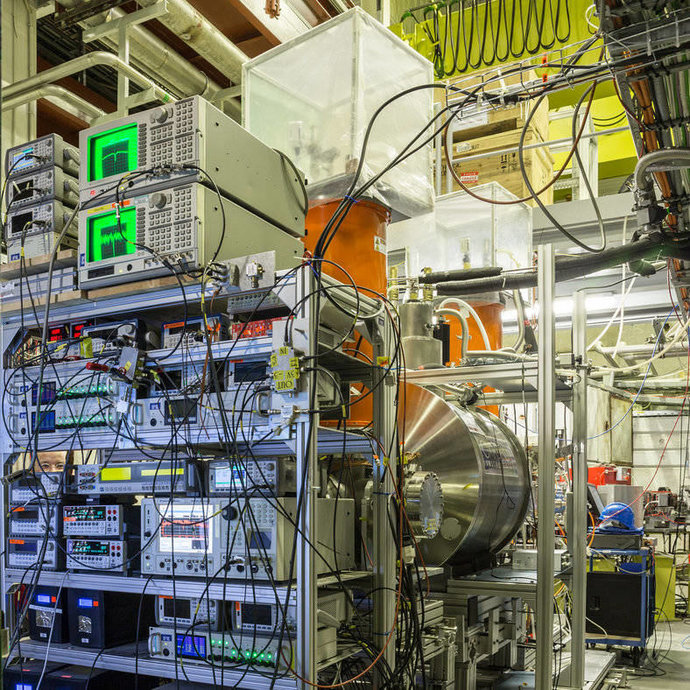
In the scientific journal Nature, the BASE collaboration at CERN reports on the world's most accurate comparison between protons and antiprotons: The charge-to-mass ratios of antiprotons and protons are identical to eleven digits. This new measurement improves the accuracy of the previous best value by more than a factor of four. The data-set, collected over a period of 1.5 years, also enables a test of the weak equivalence principle, which says that matter and antimatter behave the same under…
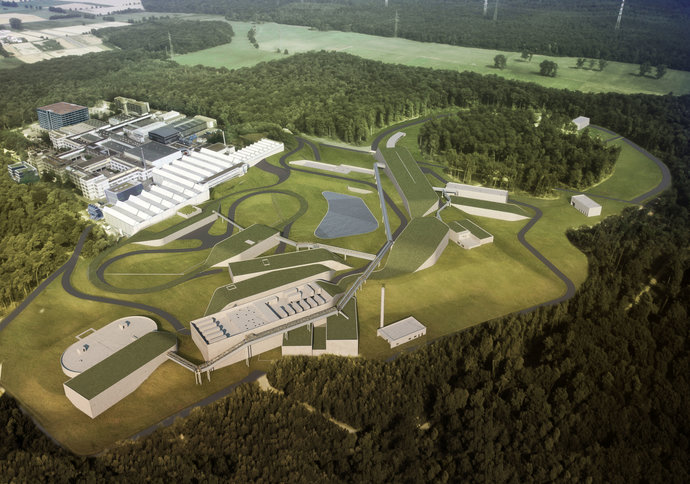
For excellent doctoral theses and promising doctoral progress, the non-profit Giersch Foundation together with the Helmholtz Graduate School "HGS-HIRe for FAIR" awarded the Giersch Excellence Awards and Giersch Excellence Grants 2021. Since the award was established in 2015, it has honored outstanding young researchers.
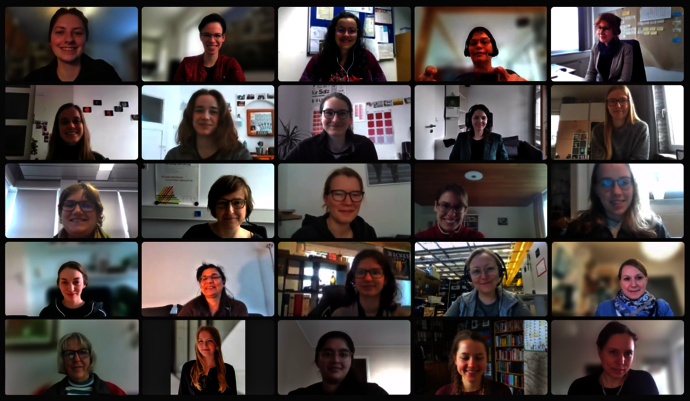
On February 18th, 30 mentees and mentors from Mentoring Hessen paid a virtual visit to GSI and FAIR. GSI/FAIR employees offered a virtual tour through the facility, from the ion sources to the experiments, and gave an insight into the diverse activities at the research center: How are ions accelerated and how are the beamtimes organized? What happens when ions hit materials or human tissue? How do collisions of atoms and atomic nuclei provide insight into what happens in the interior of planets…
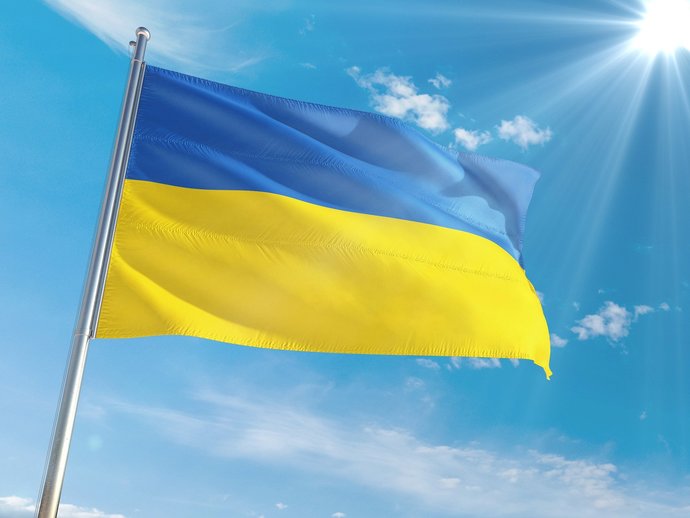
Researchers from all over the world have been working together for decades at the accelerators and experimental facilities at GSI and FAIR. They work to together on peaceful, non-military scientific objectives, independent of political, religious and ideological aspects. We condemn the war of aggression of Russia and the breach of international law by the Russian government. That is why we fully stand behind the sanctions imposed by the German government and its international partners.
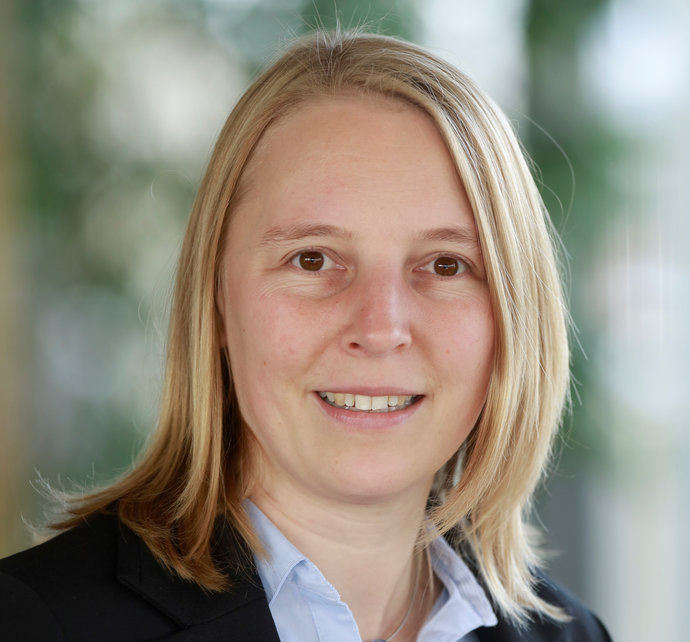
The physicist Professor Dr. Hannah Elfner studies processes involving the very smallest particles in the universe, in particular strongly interacting particle in extreme conditions of temperature and density, when they form the so-called quark-gluon plasma, a state which was probably prevalent in the Universe shortly after the big Bang. For her outstanding research on these processes, which allow us to better understand the evolution of the Universe in its first instants, the physicist is now…

Professor Giubellino will continue to lead the world-class scientific program of GSI and FAIR as Scientific Managing Director of the GSI Helmholtzzentrum für Schwerionenforschung GmbH and the Facility for Antiproton and Ion Research in Europe GmbH (FAIR GmbH) for the next five years. The FAIR Council and the GSI Supervisory Board, impressed by the achievements in his first term, have expressed their wish for him to serve for a second term that started on January 1, 2022.
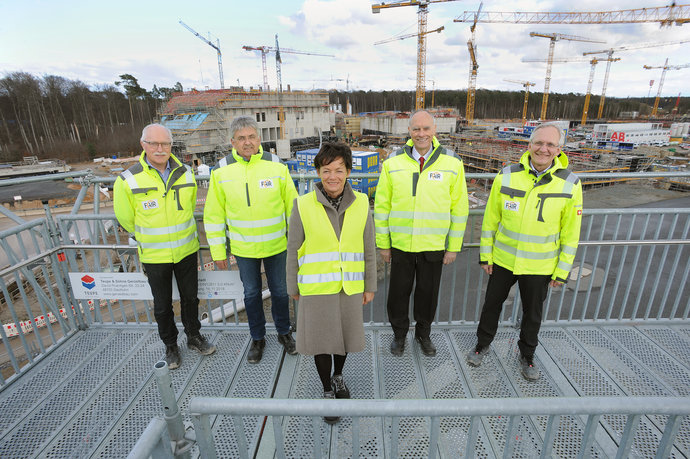
The progress of the FAIR project and the current scientific activities on campus were central topics during the visit to GSI and FAIR of the Minister of European and Federal Affairs and Representative of the State of Hessen at the Federal Government, Lucia Puttrich. She was welcomed by Professor Paolo Giubellino, Scientific Managing Director of GSI and FAIR, Dr. Ulrich Breuer, Administrative Managing Director of GSI and FAIR, Jörg Blaurock, Technical Managing Director of GSI and FAIR, as well as…
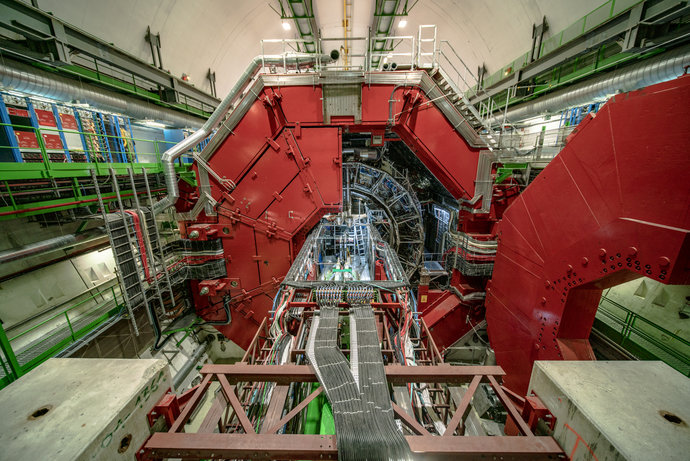
On February 11, the United Nations called for the seventh International Day of Women and Girls in Science to raise awareness and visibility to equal participation and to the achievements of female scientists. To mark the occasion, scientists of the ALICE experiment invited female high-school students interested in physics nationwide to participate in an online workshop.












